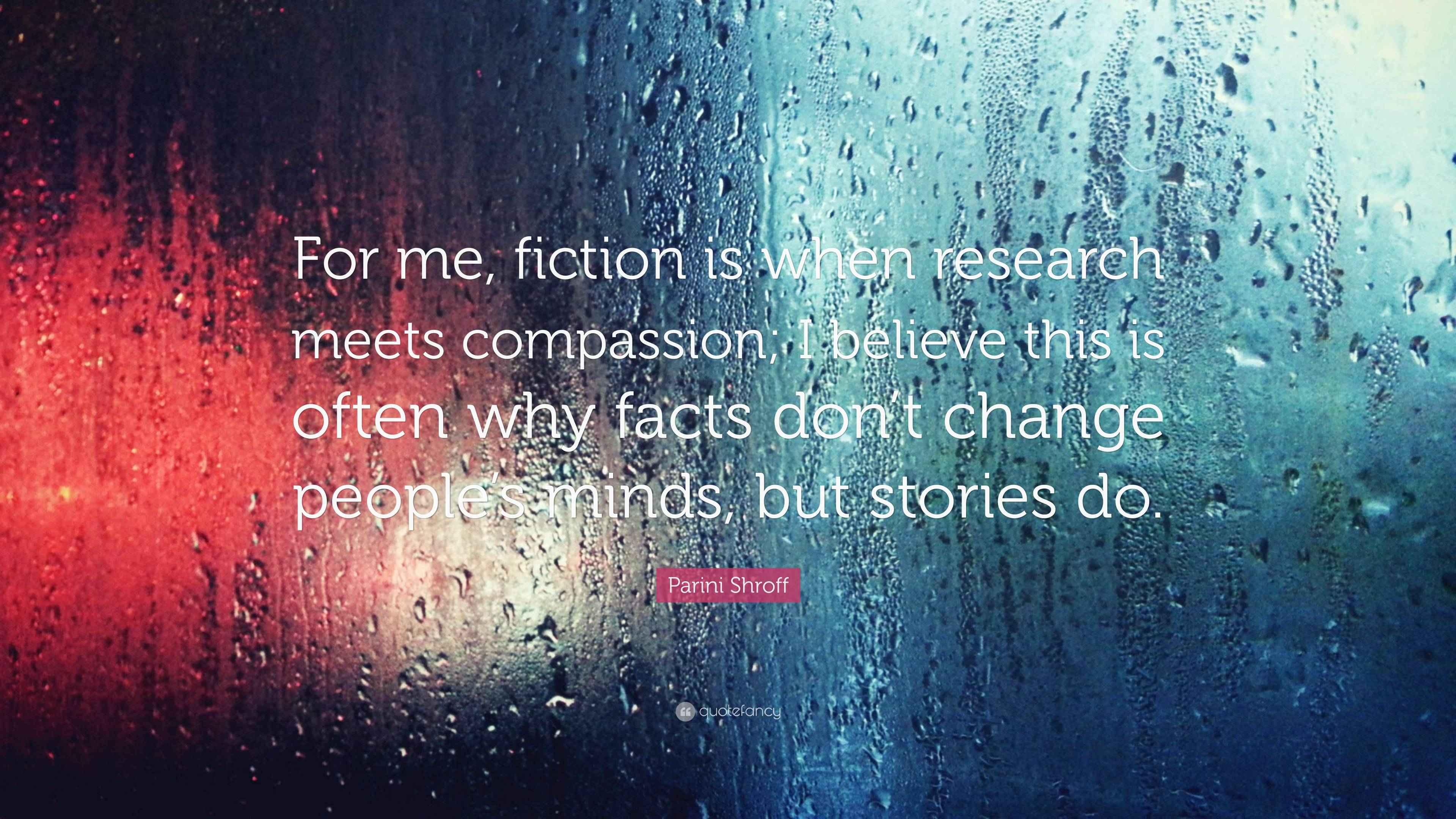Can We Fix It? Fighting Back with Facts and Compassion

With everything we’ve talked about — from dangerous lies to rising extremism — it’s easy to feel hopeless. But here’s the good news: we’re not powerless.
Each of us has more influence than we think. And the fight against misinformation doesn’t require a degree or a platform — just a little intention.
What You Can Do
-
Slow Down Before Sharing Before you repost that “shocking” headline or “breaking” update, take 30 seconds to double-check. Look for the source. Is it reliable? Is it satire? Is it even current?
-
Support Good Info Follow and share content from journalists, scientists, educators, and fact-checkers. Platforms like Snopes, AP Fact Check, and Media Bias/Fact Check can help you figure out what’s real.
-
Talk to Your People It’s tempting to argue or cut people off — especially when someone you care about is caught in a lie. But real change happens through kind conversations, not yelling matches.
Ask questions like:
“Where did you hear that?”
“What makes you trust that source?”
“Would you be open to looking at something else together?”
Bigger Picture: What We Need
-
Digital literacy in schools
Kids should be learning how to tell fact from fiction as early as possible. -
Better platform accountability
Social media companies need to take responsibility for what they amplify. Algorithms should reward truth, not outrage. -
More empathy, less shame
We can’t win this battle by making people feel stupid. Compassion creates the space where truth can grow.
There’s Hope
Yes, things feel overwhelming. But truth is still out there — and people are waking up. Journalists are fighting to uncover facts. Teachers are helping kids think critically. And every time you pause to check a claim or reach out to someone stuck in a rabbit hole, you’re making a difference.
Change starts with small steps. Let’s take them together.
- Art
- Business
- Causes
- Crafts
- Community
- Dance
- Drinks
- Éducation
- Fashion
- Film
- Fitness
- Food
- Jeux
- Gardening
- Health
- Domicile
- LGBTQ+ News
- Literature
- Music
- News
- Nature
- Networking
- Oddities
- Autre
- Party
- Politics
- Religion
- Science
- Shopping
- Sports
- Theater
- Wellness



